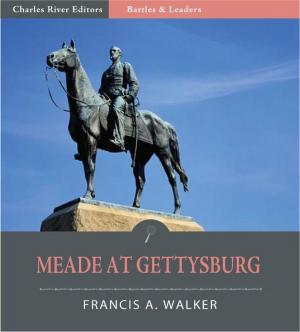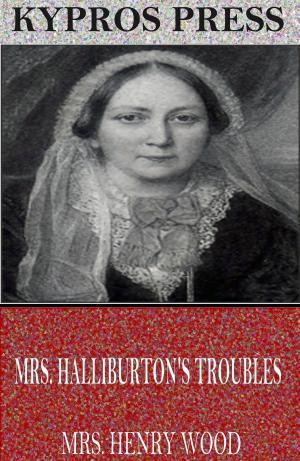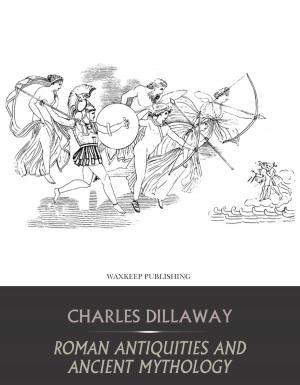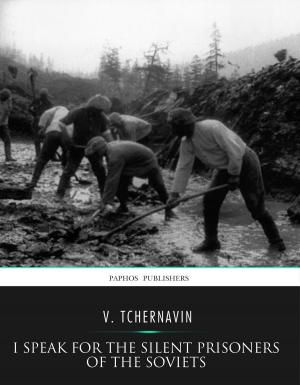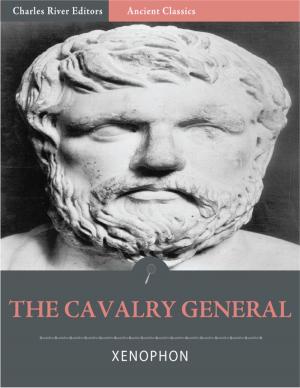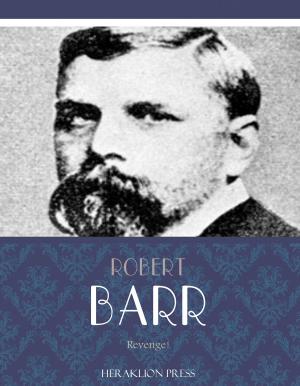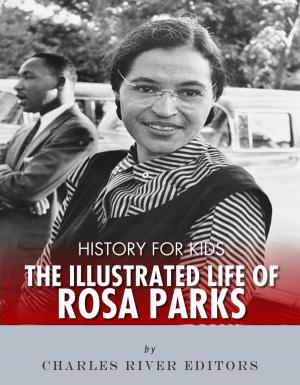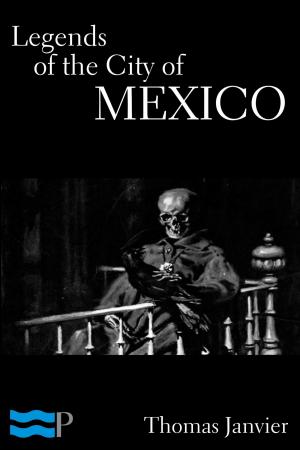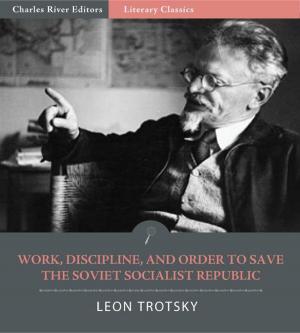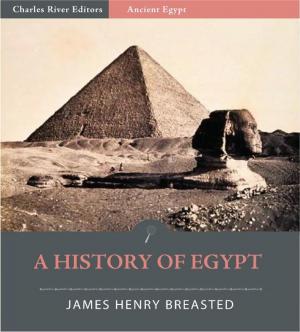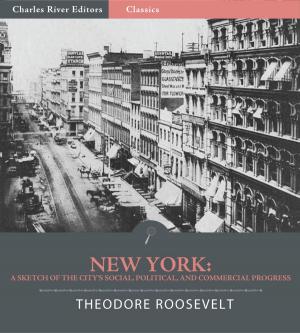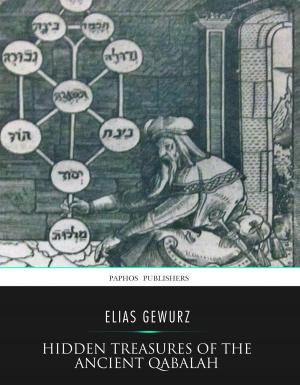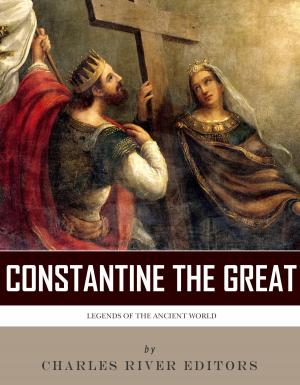Conquistadors: The Lives and Legacies of Hernán Cortés and Francisco Pizarro
Nonfiction, History, Spain & Portugal, Biography & Memoir| Author: | Charles River Editors | ISBN: | 9781475319835 |
| Publisher: | Charles River Editors | Publication: | November 20, 2012 |
| Imprint: | Language: | English |
| Author: | Charles River Editors |
| ISBN: | 9781475319835 |
| Publisher: | Charles River Editors |
| Publication: | November 20, 2012 |
| Imprint: | |
| Language: | English |
*Includes Cortes's letter to King Charles V describing Tenochtitlan and the Aztec Empire.*Includes descriptions of both the Aztec and Inca Empires.*Includes pictures of the Conquistadors and important people and places in their lives.*Includes a Bibliography for further reading.*Includes a Table of Contents. Among these temples there is one which far surpasses all the rest, whose grandeur of architectural details no human tongue is able to describe; for within its precincts, surrounded by a lofty wall, there is room enough for a town of five hundred families. Hernán CortésFriends and comrades! On that side [south] are toil, hunger, nakedness, the drenching storm, desertion, and death; on this side ease and pleasure. There lies Peru with its riches; here, Panama and its poverty. Choose, each man, what best becomes a brave Castilian. For my part, I go to the south. Francisco PizarroDuring the Age of Exploration, some of the most famous and infamous individuals were Spains best known conquistadors. Naturally, as the best known conquistador, Hernán Cortés (1485-1547) is also the most controversial. Like Christopher Columbus before him, Cortés was lionized for his successes for centuries without questioning his tactics or motives, while indigenous views of the man have been overwhelmingly negative for the consequences his conquests had on the Aztecs and other natives in the region. Just about the only thing everyone agrees upon is that Cortés had a profound impact on the history of North America. Of course, the lionization and demonization of Cortés often take place without fully analyzing the man himself, especially because there are almost no contemporaneous sources that explain what his thinking and motivation was. If anything, Cortés seemed to have been less concerned with posterity or the effects of the Spanish conquest on the natives than he was on relations with the Mother Country itself. Of the few things that are known about Cortés, it appears that he was both extremely ambitious and fully cognizant of politics and political intrigue, even in a New World thousands of miles west of Spain itself. Cortés spent much of his time in Mexico and the New World defending himself against other Spanish officials in the region, as well as trying to portray and position himself in a favorable light back home. If Columbus and Cortés were the pioneers of Spains new global empire, Pizarro consolidated its immense power and riches, and his successes inspired a further generation to expand Spains dominions to unheard of dimensions. Furthermore, he participated in the forging of a new culture: like Cortés, he took an indigenous mistress with whom he had two mixed-race children, and yet the woman has none of the lasting fame of Cortéss Doña Marina. With all of this in mind, it is again remarkable that Pizarro remains one of the less well-known and less written about of the explorers of his age. On the other hand, there are certain factors that may account for the conqueror of Perus relative lack of lasting glory. For one, he was a latecomer in more than one sense. Cortéss reputation was built on being the first to overthrow a great empire, so Pizarros similar feat, even if it bore even greater fruit in the long run, would always be overshadowed by his predecessors precedent. But Pizarro also lacked the youthful glamour of Cortés: already a wizened veteran in his 50s by the time he undertook his momentous expedition, he proceeded with the gritty determination of a hardened soldier rather than the audacity and cunning of a young courtier. Conquistadors looks at the lives of the two distant relatives, the empires they conquered, and their legacies. Along with pictures of important people, places, and events, you will learn about Cortes and Pizarro like you never have before.
*Includes Cortes's letter to King Charles V describing Tenochtitlan and the Aztec Empire.*Includes descriptions of both the Aztec and Inca Empires.*Includes pictures of the Conquistadors and important people and places in their lives.*Includes a Bibliography for further reading.*Includes a Table of Contents. Among these temples there is one which far surpasses all the rest, whose grandeur of architectural details no human tongue is able to describe; for within its precincts, surrounded by a lofty wall, there is room enough for a town of five hundred families. Hernán CortésFriends and comrades! On that side [south] are toil, hunger, nakedness, the drenching storm, desertion, and death; on this side ease and pleasure. There lies Peru with its riches; here, Panama and its poverty. Choose, each man, what best becomes a brave Castilian. For my part, I go to the south. Francisco PizarroDuring the Age of Exploration, some of the most famous and infamous individuals were Spains best known conquistadors. Naturally, as the best known conquistador, Hernán Cortés (1485-1547) is also the most controversial. Like Christopher Columbus before him, Cortés was lionized for his successes for centuries without questioning his tactics or motives, while indigenous views of the man have been overwhelmingly negative for the consequences his conquests had on the Aztecs and other natives in the region. Just about the only thing everyone agrees upon is that Cortés had a profound impact on the history of North America. Of course, the lionization and demonization of Cortés often take place without fully analyzing the man himself, especially because there are almost no contemporaneous sources that explain what his thinking and motivation was. If anything, Cortés seemed to have been less concerned with posterity or the effects of the Spanish conquest on the natives than he was on relations with the Mother Country itself. Of the few things that are known about Cortés, it appears that he was both extremely ambitious and fully cognizant of politics and political intrigue, even in a New World thousands of miles west of Spain itself. Cortés spent much of his time in Mexico and the New World defending himself against other Spanish officials in the region, as well as trying to portray and position himself in a favorable light back home. If Columbus and Cortés were the pioneers of Spains new global empire, Pizarro consolidated its immense power and riches, and his successes inspired a further generation to expand Spains dominions to unheard of dimensions. Furthermore, he participated in the forging of a new culture: like Cortés, he took an indigenous mistress with whom he had two mixed-race children, and yet the woman has none of the lasting fame of Cortéss Doña Marina. With all of this in mind, it is again remarkable that Pizarro remains one of the less well-known and less written about of the explorers of his age. On the other hand, there are certain factors that may account for the conqueror of Perus relative lack of lasting glory. For one, he was a latecomer in more than one sense. Cortéss reputation was built on being the first to overthrow a great empire, so Pizarros similar feat, even if it bore even greater fruit in the long run, would always be overshadowed by his predecessors precedent. But Pizarro also lacked the youthful glamour of Cortés: already a wizened veteran in his 50s by the time he undertook his momentous expedition, he proceeded with the gritty determination of a hardened soldier rather than the audacity and cunning of a young courtier. Conquistadors looks at the lives of the two distant relatives, the empires they conquered, and their legacies. Along with pictures of important people, places, and events, you will learn about Cortes and Pizarro like you never have before.

